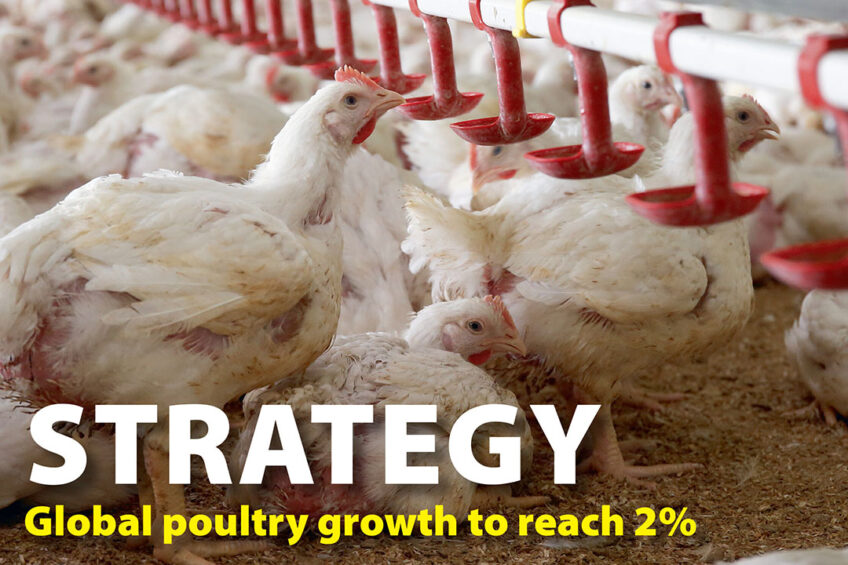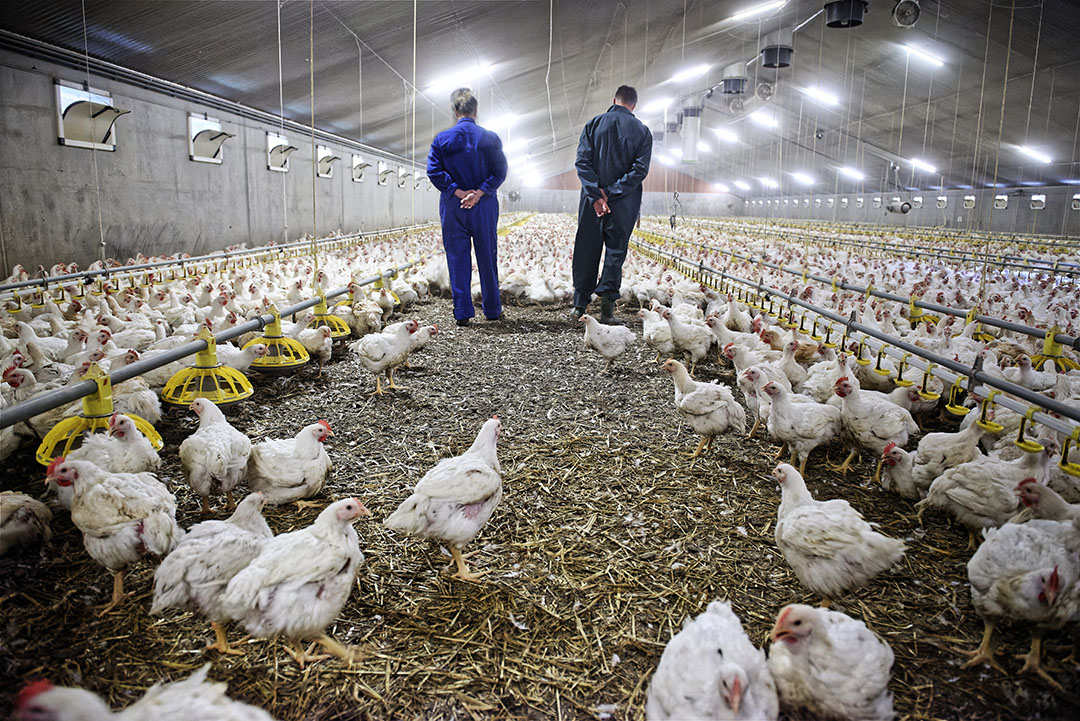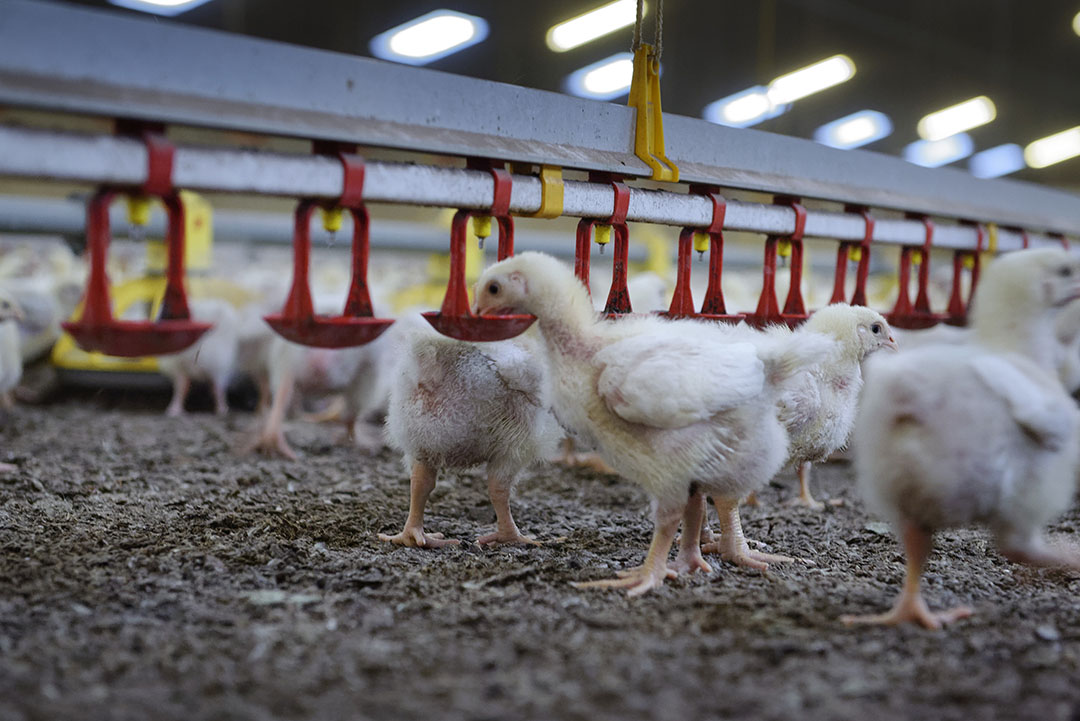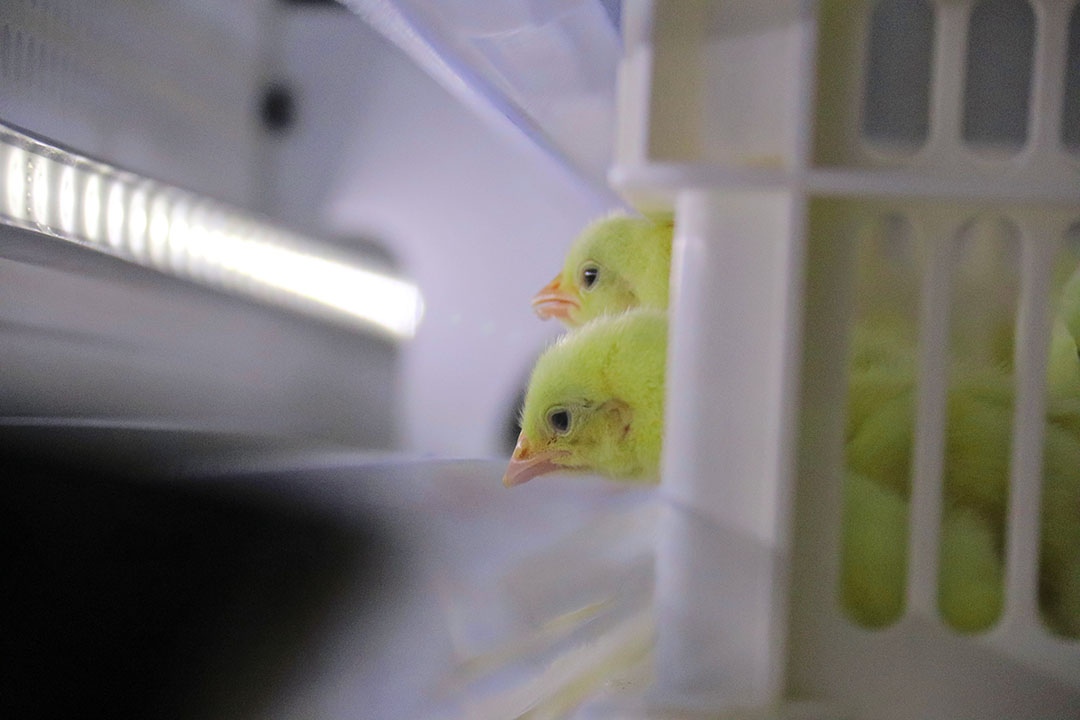Poultry World edition 1 of 2022 now online

This 1st edition of Poultry World highlights a risk-based bird flu mitigation map, breakthrough technology that could potentially end male day-old chick culling, and the benefits of early access to feed and water. Also in this edition are nutritional solutions in times of soaring ingredient prices, a look at antibiotic use in the UK, and Russia’s focus on poultry exports.
View the 1st edition of Poultry World for 2022
‘Risk-based bird flu mitigation’
Utrecht University in the Netherlands has been conducting research into avian influenza since 2003 when the first major bird flu outbreak hit the country. The university is plotting numerous risk indicators together in a risk model map where you can see where the high and low-risk areas are. A map has been completed for the Netherlands and now the team is working on a European version.
Markets bullish but supply still set to be challenging
Rabobank’s Poultry Outlook 2022 concludes that while economic conditions are improving and markets recover, the road ahead is bumpy. This article takes a look at the situation in Mexico and Brazil, the US, Russia, Europe and China and the Far East.

Gene editing breakthrough offers potential to end male day-old chick culling
Using gene editing, researchers have created single-sex mice litters with 100% efficiency. These techniques could also be used to dramatically reduce culling in both the poultry and the dairy industries where only female animals are required for egg production and in dairy herds.
Antibiotic use in UK poultry continues to fall
The UK government’s Veterinary Medicines Directorate has released figures showing that the use of antibiotics in chickens and turkeys is falling.
View the 1st edition of Poultry World for 2022
Factors affecting water intake and its utilisation by chickens
When attempting to achieve better performance, water intake and utilisation cannot be underestimated. This article looks in detail at various aspects of water in poultry, including its source and system, temperature and flavours, as well as factors relating to feed and the environment.

Showcasing the regionalisation of food production
Co-creation network, HubOrange, aim to showcase the regionalisation of food production to secure fresh food locally. Innovative concepts were launched at VIV MEA and will really take off during the upcoming VIV Europe scheduled to take place in the Netherlands at the end of May 2022.
Russia’s focus on grain and poultry export
Russia is geared to boost its grain sector, poultry exports and the animal feed industry with around US$11 billion expected to be invested in several hundred export-oriented agricultural projects by 2024. The country currently exports about 300,000 tonnes of poultry per year. In 2025, this figure is expected to increase to 700,000 tonnes, and to 1 million tonnes by 2030.
View the 1st edition of Poultry World for 2022
Benefits of early access to feed and water
Chicks may benefit more from hatching systems that provide immediate access to feed and water. This article examines 3 systems and 3 production cycles, and the results thereof.

Nutritionist solutions in times of soaring ingredient prices
High feed costs means squeezed profits. This article explores enzyme supplementation, NIRS technology and alternative feed ingredients to optimise feed efficiency.
Binding bacterial and fungal toxins
Nutritionists and veterinarians worldwide are working to replace the benefits achieved with subtherapeutic antibiotic use in animal rations. Amlan International’s mineral-based feed additive, Calibrin-Z, binds both bacterial and fungal toxins.
Companies continue to meet cage-free commitments
According to the latest Compassion in World Farming EggTrack report, 156 out of 219 tracked companies (71%) had reported progress towards their cage-free commitments.
To access the magazine section, where you will find the 1st edition of Poultry World 2022 as well as other magazines from specialists in the agriculture industry, simply register for free.












